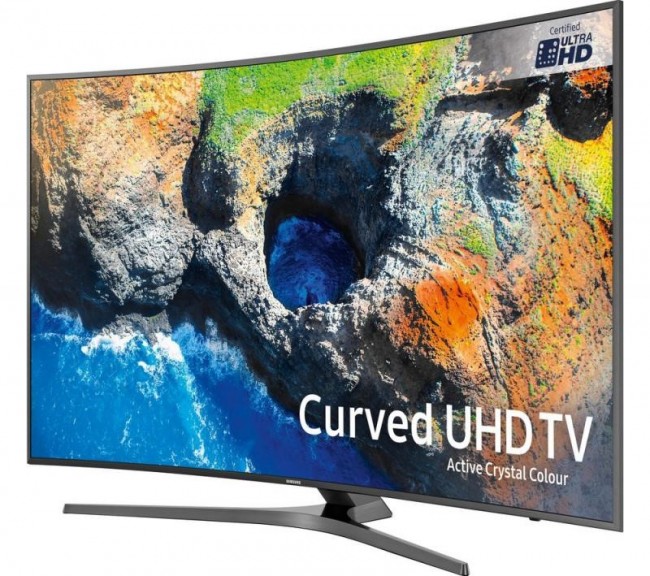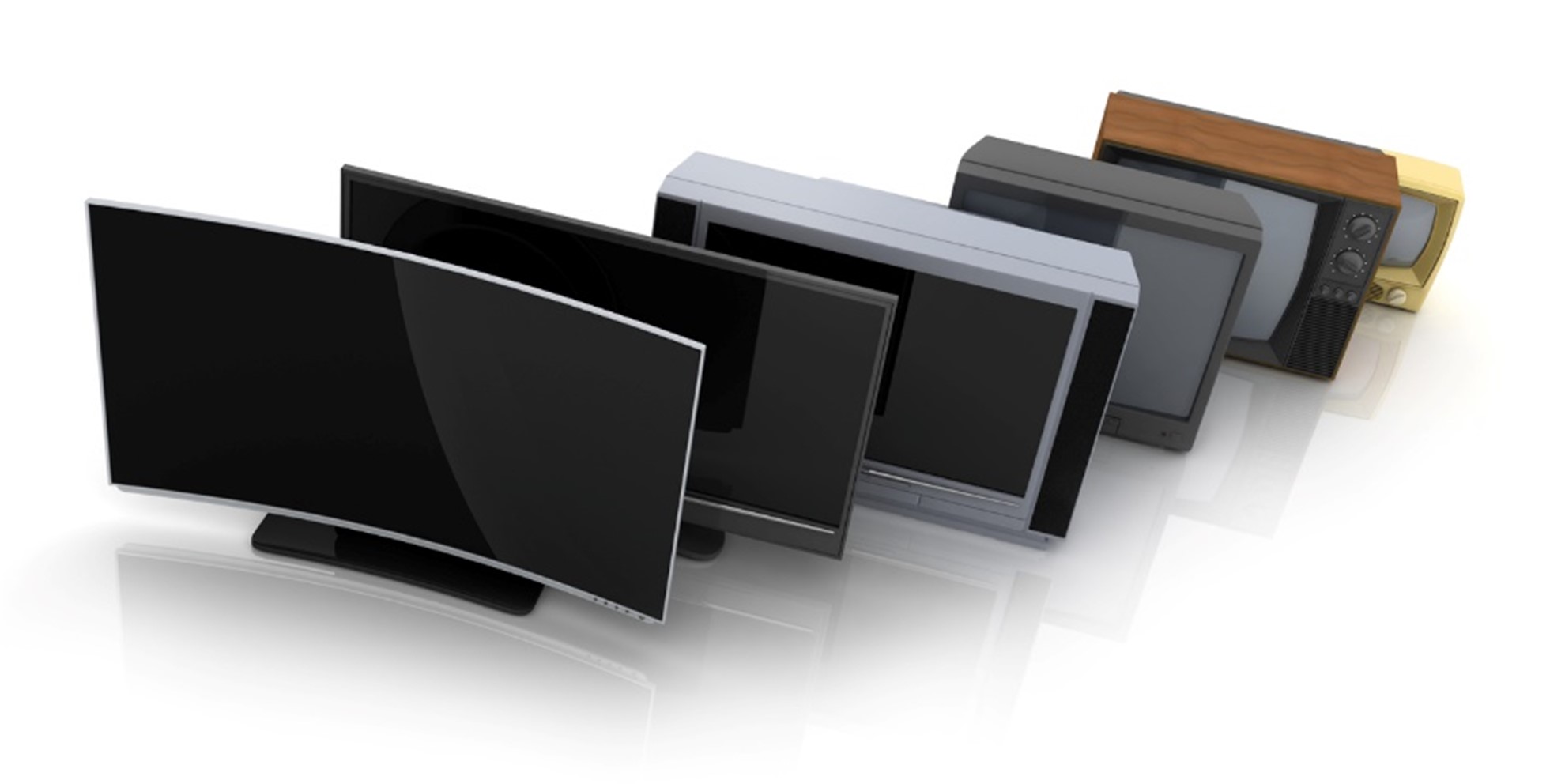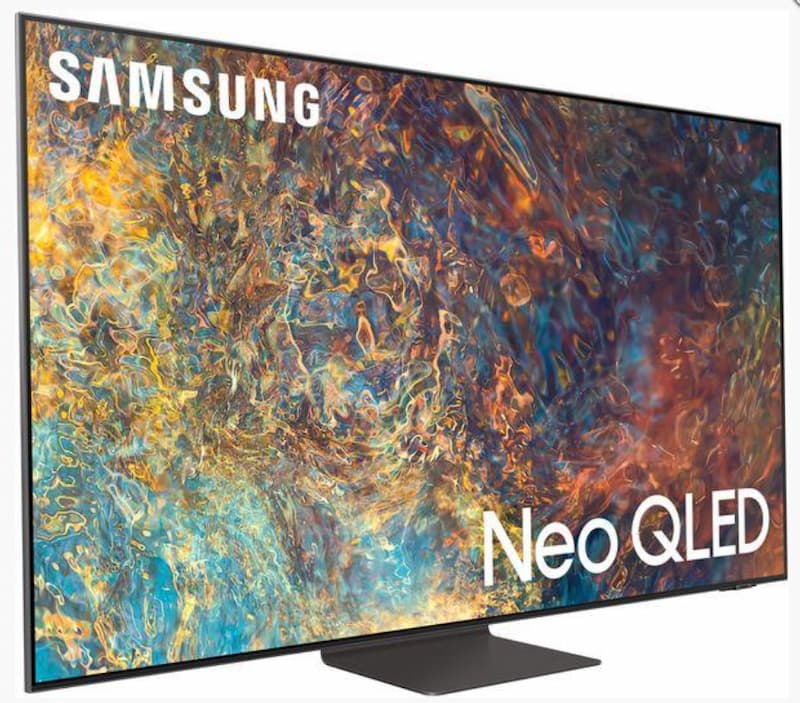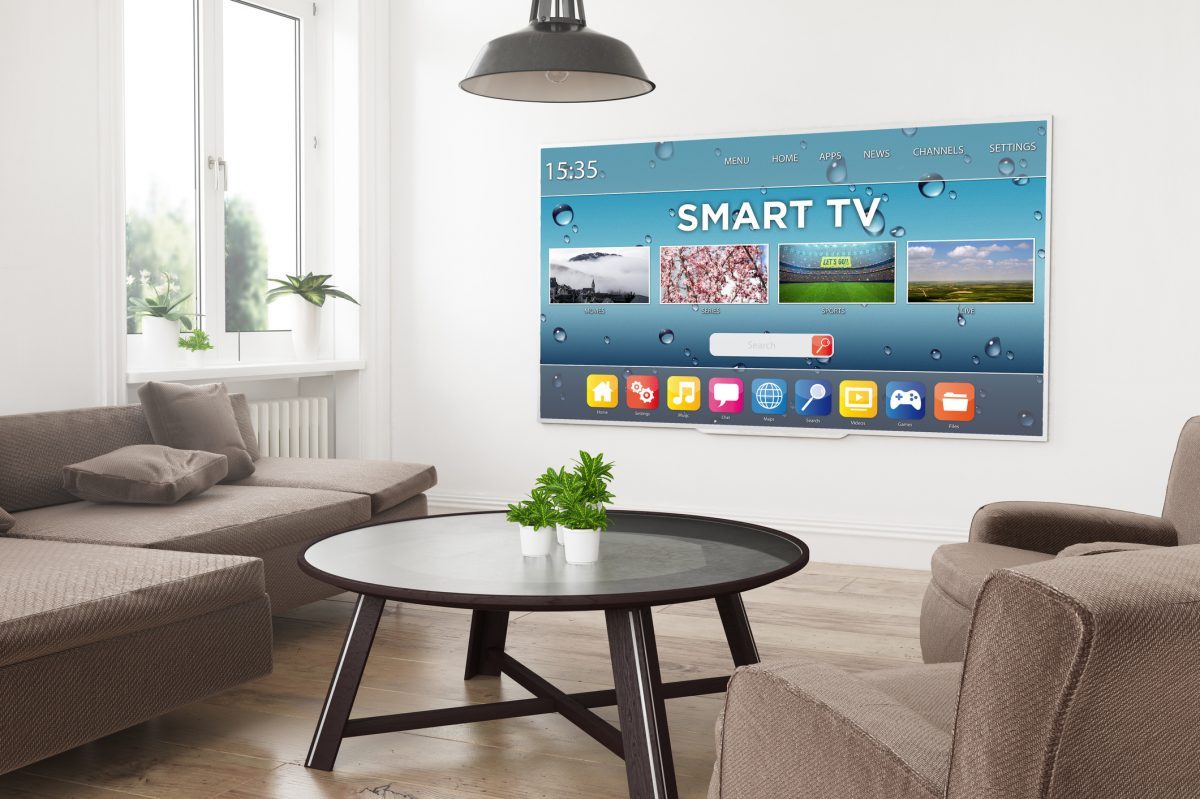Television has come a long way since it was first invented. From the first sets with screens of only a few inches wide to today’s massive home cinema screens and ultra 4K high definition picture, it’s quite astonishing how quickly this technology has developed. Here we’re going to take a look at the timeline off the television, from its humble beginnings to where it is now:
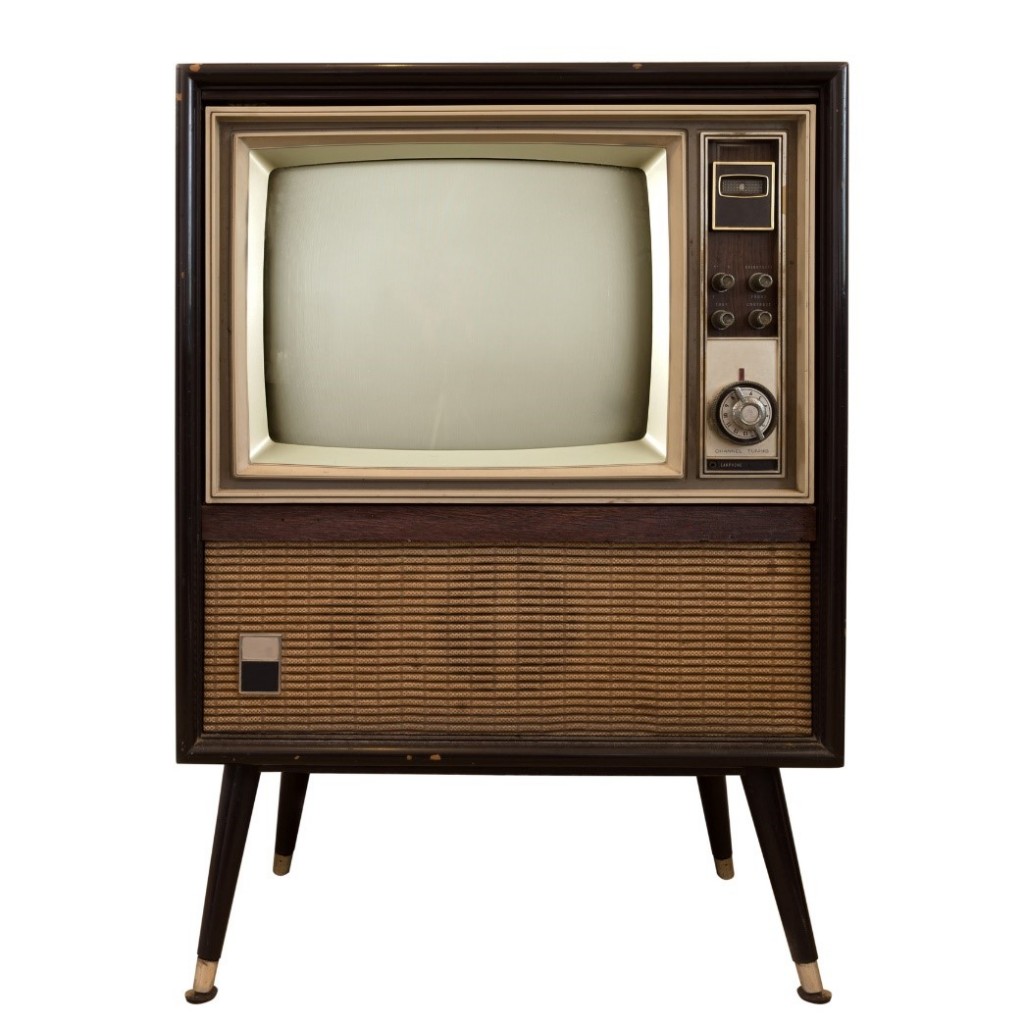
1908: Alan Archibald Campbell-Swinton publishes a letter in the scientific journal Nature, describing how a cathode ray tube could be used to both transmit and receive “distant electric vision”.
1925: John Logie Baird, a Scottish inventor, gave the first public demonstration of television on the 25th March, at Selfridges in London, using a mechanical system. At this stage, it consisted only of moving silhouettes.
1926: By the following year, Baird has improved his system enough to reproduce a recognisable human face – that of his partner Oliver Hutchinson. It uses only 30 lines to produce the image.
1927: Philo Farnsworth, working on electronic television systems, transmits his first image – a simple straight line.
1928: The first commercial television sets are made available. These were radios with the addition of a mechanical television device, using Nipkow’s scanning disk, which produced an image the size of a postage stamp, and used a magnifying glass to enlarge the image – but only to twice the size.
1934: Philo Farnsworth gives the world’s first public demonstration of an all-electronic television system, using a live camera, at the Franklin Institute of Philadelphia.
1936: The BBC begins transmitting the world’s first public television service, from Alexandra Palace in north London. They alternate between Baird’s mechanical system and the electronic system from adjoining studios for some time – but the “high definition” 405-line electronic system quickly wins out.
In the same year, a Hungarian engineer named Kálmán Tihanyi first describes the principles of plasma television – something that wouldn’t become commercially available for decades.
1937: Viewers were able to watch King George VI’s Coronation Procession in May – the BBC managed an impressive number of outside broadcasts, despite audiences limited by the expense of television sets.
1939: Two days before war breaks out, the television service is suddenly blacked out – in the middle of a Mickey Mouse cartoon – amid fears that the transmitters could provide navigational aid to enemy aircraft.
1946: BBC broadcasts resume – with the same Mickey Mouse cartoon that had been interrupted seven years earlier. The following day, the Victory Parade is televised.
1951: The first national live television broadcast in the U.S. took place, airing President Harry Truman’s speech at the Japanese Peace Treaty Conference in San Francisco.
1953: The first broadcast of the current affairs programme Panorama – still running today, as the BBC’s longest running series.
1954: In the US, the first colour television broadcast is of the 1954 Tournament of Roses parade – most broadcasts however continue to be in black and white.
1955: Independent Television – ITV – is launched; the first commercial service in the UK. Controversially, on the night of the first commercial broadcasts, the BBC air a particularly dramatic episode of The Archers, featuring the death of core character Grace Archer – drawing 20 million listeners and criticism that it was purposefully timed to draw people away from their new rival.
1960: The first broadcast of Coronation Street – ITV’s long-running soap opera, which became the world’s longest-running soap opera in 2010 and is still on our screens today.
1963: The first broadcast of Dr Who – the cult science fiction show which, despite cancellation in the late 80s, would return to become one of the BBC’s longest-running shows.
1964: The first monochrome plasma display was invented at the University of Illinois by Donald Blitzer, H. Gene Slottow and graduate student Robert Willson. They were used in computer systems.
1967: The BBC broadcasts its first colour pictures from Wimbledon. By the middle of the following year, almost every BBC2 programme was in colour, and six months later colour would come to BBC1.
1977: The first true all-LED flat panel television screen was developed by James P Mitchell – the prototype would be displayed at the 29TH International Science and Engineering Fair in Washington DC the following year.
1986: Audience numbers soar, with over 30 million people tuning in to BBC’s soap opera EastEnders to watch Den divorce Angie.
1988: Sharp introduced the first commercial LCD television, aimed as a boutique item rather than at the general market.
1997: The first plasma televisions go on sale to the general public; Fujitsu, Philips and Pioneer are the first to market.
1998: The first digital television broadcasts are made in the UK.
2007: LCD televisions outsell both plasma televisions and traditional CRT sets in the Christmas season.
2008: The first commercial LED television is produced by Sony – the XEL-1. The same year, Hyundai (better known for the cars) put the world’s first 3D television on sale in Japan.
2010: HD is launched on Freeview in the UK.
2012: Analogue television broadcasts end in the UK. Also, LG announced the world’s first 3D UHDTV using the 4K system.
2013: Samsung announced availability of its 110-inch Ultra HDTV for custom orders, making this the world’s largest Ultra HDTV so far.
2014: Samsung announced the end of plasma television production. Also, Netflix began streaming shows at 4K to compatible televisions.
2016: Sportsnet broadcast the first ever NBA game produced in 4K.
2018: LG introduce the world’s first 8K OLED TV at the IFA in Berlin. LG also unveil the world’s first 65-inch rollable TV.
